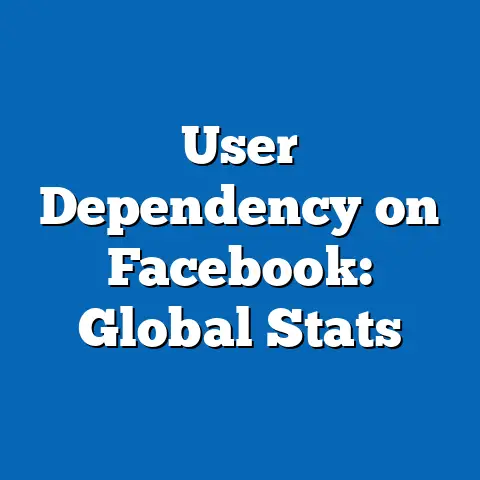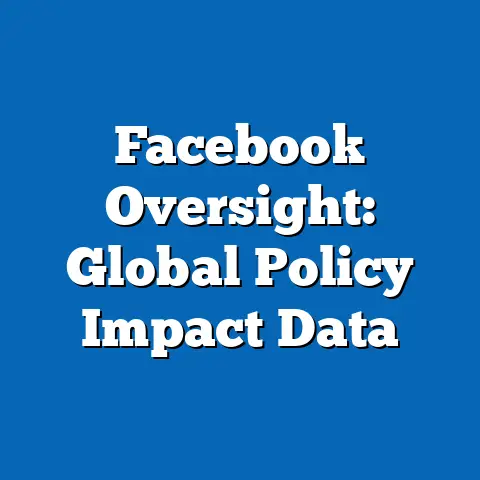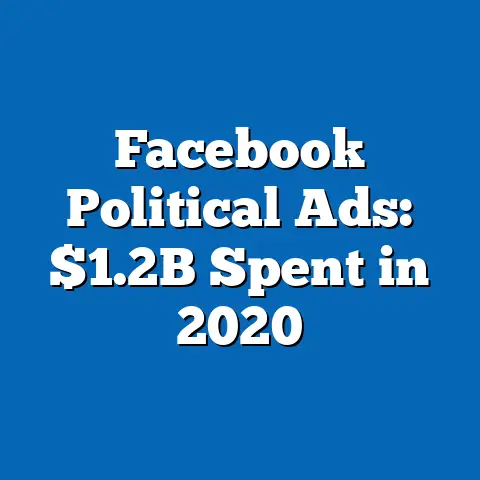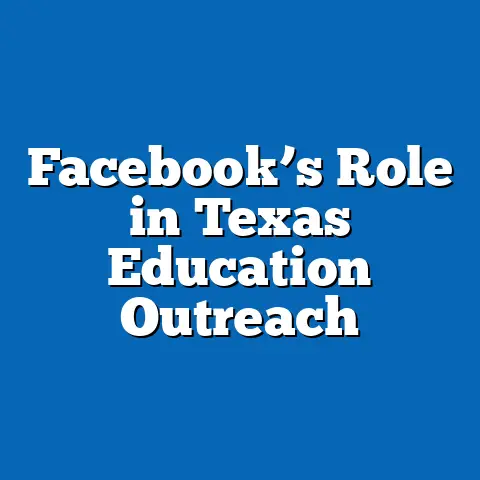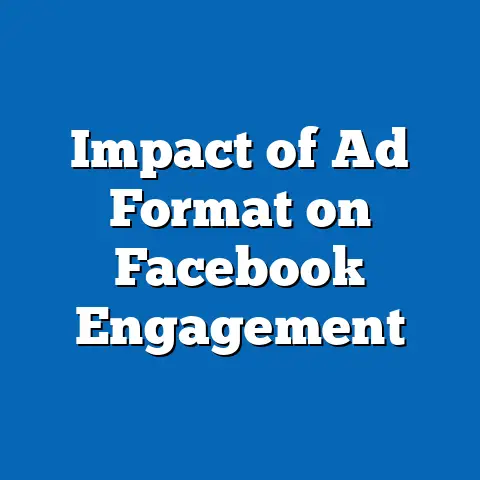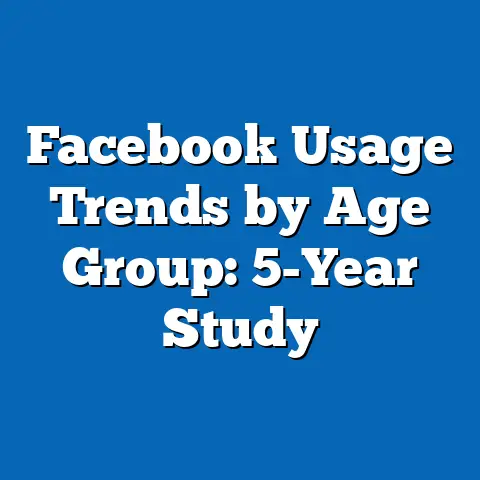Facebook Connectivity in Developing Nations: Metrics
Can access to social media platforms like Facebook serve as a catalyst for economic and social development in developing nations, or does it risk deepening digital divides? This article explores the metrics of Facebook connectivity in developing countries, analyzing user growth, demographic trends, and access disparities from 2015 to 2023. Drawing on data from Meta’s annual reports, World Bank statistics, and regional internet penetration surveys, we uncover that while Facebook user numbers in developing nations have surged by 78% since 2015, significant gaps persist in rural areas and among low-income populations.
Key findings reveal that as of 2023, over 1.2 billion users in developing nations are active on Facebook, with India, Indonesia, and Nigeria leading in user growth. However, connectivity barriers—such as limited infrastructure and high data costs—continue to exclude nearly 40% of potential users in these regions. Demographic projections suggest that by 2030, youth populations (aged 15-24) will drive a further 30% increase in Facebook adoption, provided accessibility improves.
Introduction: The Digital Divide in the Age of Social Media
In an era where social media shapes global communication, how can developing nations leverage platforms like Facebook to drive progress while addressing systemic barriers to access? As of 2023, Facebook remains the world’s largest social media platform, with over 3 billion monthly active users globally, a significant portion of whom reside in developing countries. Yet, the benefits of connectivity—access to information, economic opportunities, and social networks—are not evenly distributed.
Key Statistical Trends in Facebook Connectivity
User Growth in Developing Nations
Since 2015, Facebook has experienced exponential growth in developing nations, driven by increasing smartphone penetration and affordable data plans. According to Meta’s 2023 annual report, the platform added approximately 650 million new users from developing countries between 2015 and 2023, representing a 78% increase. India alone accounts for over 400 million users, making it the largest single market for Facebook globally.
This growth is not uniform, however. Sub-Saharan Africa, while showing a 120% increase in users over the same period, still lags in absolute numbers, with only 280 million active users across the region. High data costs and limited infrastructure remain significant barriers, particularly in rural areas.
Internet Penetration and Platform Access
Internet penetration rates provide critical context for understanding Facebook connectivity. The World Bank reports that as of 2022, only 36% of individuals in low-income countries had internet access, compared to 66% in middle-income countries. This disparity directly impacts Facebook adoption, as the platform requires reliable internet and compatible devices.
In regions like Southeast Asia, where internet penetration has risen to 62%, Facebook usage correlates strongly with mobile data availability. Conversely, in parts of Central Africa, where penetration hovers around 20%, fewer than 1 in 5 individuals can access the platform regularly.
Demographic Composition of Users
Demographic data reveals that Facebook users in developing nations are predominantly young, with 60% falling between the ages of 15 and 34, based on Statista’s 2023 global user survey. This youth bulge aligns with broader population trends in developing countries, where median ages are often below 25. Gender disparities are also notable, with male users outnumbering female users by a ratio of 1.3:1, reflecting cultural and economic barriers to technology access for women.
Methodology: Data Sources and Analytical Approach
Data Collection
This analysis draws on multiple sources to ensure robust and reliable findings. Primary data comes from Meta’s quarterly and annual reports (2015-2023), which provide detailed breakdowns of monthly active users (MAUs) by region and country. Secondary data includes internet penetration statistics from the World Bank and the International Telecommunication Union (ITU), as well as demographic projections from the United Nations Population Division.
We also incorporate qualitative insights from regional surveys conducted by organizations like Pew Research Center, which explore barriers to internet access and social media usage. These surveys cover a sample of 25 developing nations across Asia, Africa, and Latin America, ensuring a geographically diverse dataset.
Analytical Framework
To analyze Facebook connectivity, we employ a mixed-methods approach. Quantitative metrics such as user growth rates, internet penetration percentages, and demographic distributions are calculated using time-series analysis to identify trends over the 2015-2023 period. Qualitative data on access barriers are synthesized to contextualize statistical findings and highlight structural challenges.
Projections for 2030 are based on current growth rates adjusted for anticipated changes in internet infrastructure investment and population dynamics. Limitations in this approach include potential overestimations due to unforeseen economic downturns or policy shifts, which are addressed in the discussion section.
Data Visualization
To enhance accessibility, key trends are presented through data visualizations. These include: – Line Chart 1: Growth of Facebook MAUs in Developing Nations (2015-2023) – Bar Chart 2: Internet Penetration Rates by Region (2022) – Pie Chart 3: Age Distribution of Facebook Users in Developing Nations (2023)
However, challenges persist. In rural India, only 25% of the population has reliable internet, and data costs remain prohibitive for low-income households. Pakistan and Bangladesh show similar trends, with urban centers driving most user growth while rural areas lag behind.
Sub-Saharan Africa
Sub-Saharan Africa presents a contrasting picture, with high growth rates but low overall penetration. Nigeria, with 120 million users, is the region’s largest market, fueled by a young, tech-savvy population. Yet, across the region, infrastructure deficits—such as unreliable electricity and limited 4G coverage—hinder broader adoption.
Data from the ITU indicates that mobile data costs in Sub-Saharan Africa are among the highest globally, often consuming 10-15% of monthly income for low-income users. This economic barrier disproportionately affects rural communities and women, limiting the platform’s reach.
Latin America
Latin America demonstrates a more balanced growth pattern, with 380 million Facebook users as of 2023. Brazil and Mexico lead with 130 million and 90 million users, respectively, supported by relatively high internet penetration rates (above 70% in urban areas). Social media usage in this region is also driven by cultural factors, with platforms like Facebook serving as key tools for community engagement and small business promotion.
Nevertheless, income inequality remains a barrier. In rural areas of countries like Peru and Guatemala, internet access is below 30%, excluding significant portions of the population from digital platforms.
Demographic Insights
Youth as Drivers of Growth
The youth demographic (ages 15-24) is the primary driver of Facebook adoption in developing nations, comprising over 40% of users in most regions. This trend aligns with population pyramids in these countries, where young people constitute a large share of the total population. For instance, in Nigeria, the median age is 18, and over 50% of Facebook users fall within this youth bracket.
This demographic trend has significant implications for content consumption and platform engagement. Young users are more likely to use Facebook for education, entertainment, and networking, shaping the platform’s role as a tool for social mobility.
Gender Disparities
Gender disparities in access are a persistent challenge. In South Asia, for example, cultural norms and economic constraints result in fewer women owning smartphones or accessing the internet. A 2022 Pew Research survey found that in India, only 25% of women reported using social media, compared to 40% of men.
These disparities are less pronounced in Latin America, where gender gaps in internet usage are narrowing, particularly in urban areas. Addressing these gaps will require targeted interventions, such as subsidized data plans for women and digital literacy programs.
Data Visualizations
Line Chart 1: Growth of Facebook MAUs in Developing Nations (2015-2023)
This chart illustrates the steady rise in Facebook users across developing nations, with a sharp acceleration after 2018 due to increased mobile data affordability. South Asia shows the steepest growth curve, while Sub-Saharan Africa, despite a lower base, demonstrates significant percentage increases. (Data Source: Meta Annual Reports)
Bar Chart 2: Internet Penetration Rates by Region (2022)
This bar chart compares internet penetration across South Asia (45%), Sub-Saharan Africa (36%), and Latin America (65%), highlighting the structural disparities that influence Facebook access. (Data Source: World Bank)
Pie Chart 3: Age Distribution of Facebook Users in Developing Nations (2023)
This pie chart shows the dominance of the 15-34 age group (60%) among Facebook users, underscoring the platform’s appeal to younger demographics. (Data Source: Statista)
Projections for 2030: Opportunities and Challenges
User Growth Projections
Based on current trends, we project that Facebook users in developing nations could reach 1.8 billion by 2030, representing a 30% increase from 2023 levels. This growth will be driven primarily by youth populations and improvements in internet infrastructure, particularly in Sub-Saharan Africa, where initiatives like Starlink and government-funded 5G networks are gaining traction.
However, these projections assume sustained economic growth and policy support. Political instability or funding shortfalls could slow infrastructure development, capping user growth below projected levels.
Barriers to Universal Access
Despite optimistic projections, several barriers could impede progress. High data costs, limited electricity access, and low digital literacy remain significant challenges, particularly in rural areas. For example, in Sub-Saharan Africa, the cost of 1GB of mobile data averages $4.50, compared to a global average of $2.50, according to the ITU.
Additionally, cultural and gender norms may continue to limit access for women and marginalized groups. Without targeted interventions, these barriers risk creating a two-tier digital society, where urban, male, and affluent users dominate platform engagement.
Implications for Development
Economic and Social Opportunities
Facebook connectivity offers substantial opportunities for economic and social development in developing nations. The platform serves as a marketplace for small businesses, with over 200 million businesses globally using Facebook for marketing, according to Meta’s 2023 data. In countries like India and Nigeria, micro-entrepreneurs leverage the platform to reach customers, driving local economic growth.
Socially, Facebook facilitates access to information and education, particularly for youth. Online learning communities and informational pages provide resources that are often unavailable in under-resourced areas, potentially reducing knowledge gaps.
Risks of Digital Exclusion
However, the benefits of connectivity are not guaranteed. Digital exclusion risks exacerbating existing inequalities, as those without access to platforms like Facebook miss out on economic and social opportunities. Rural populations, women, and low-income individuals are most at risk of being left behind, creating a feedback loop of disadvantage.
Moreover, over-reliance on platforms like Facebook for information can lead to issues like misinformation, particularly in regions with low digital literacy. Policymakers must balance connectivity expansion with education on safe and critical internet use.
Policy Recommendations
To maximize the benefits of Facebook connectivity, governments and organizations should prioritize: 1. Infrastructure Investment: Expand rural internet coverage through public-private partnerships, such as those seen in India’s Digital India initiative. 2. Affordable Data Plans: Subsidize mobile data costs for low-income users to reduce economic barriers. 3. Digital Literacy Programs: Implement training programs, especially for women and rural communities, to enhance technology adoption. 4. Gender-Inclusive Policies: Address cultural barriers to women’s access through targeted campaigns and device subsidies.
Limitations and Assumptions
This analysis is subject to several limitations. First, data from Meta and other sources may underreport user numbers in regions with shared accounts or limited device access, skewing demographic insights. Second, projections for 2030 assume linear growth in infrastructure and economic conditions, which may not hold true in volatile contexts.
Additionally, the analysis does not account for potential shifts in platform popularity. If competitors like TikTok or local social media platforms gain traction, Facebook’s dominance in developing nations could wane. These uncertainties highlight the need for ongoing research and adaptive policy responses.
Historical Context: The Evolution of Digital Connectivity
Facebook’s strategic initiatives, such as Free Basics (launched in 2015), aimed to provide free internet access in developing countries, though they faced criticism for net neutrality violations. These efforts, alongside organic growth in mobile technology, have shaped the current landscape of connectivity, setting the stage for the trends analyzed in this article.
Conclusion: Bridging the Digital Divide
Facebook connectivity in developing nations represents both a remarkable opportunity and a complex challenge. With over 1.2 billion users as of 2023, the platform has become a cornerstone of digital life for many, particularly youth, in regions like South Asia, Sub-Saharan Africa, and Latin America. Yet, structural barriers—high costs, limited infrastructure, and gender disparities—continue to exclude significant portions of the population.
Looking ahead, achieving universal access will require coordinated efforts from governments, private sector players, and civil society. By addressing infrastructure gaps and promoting digital inclusion, developing nations can harness the full potential of platforms like Facebook to drive economic growth and social progress. This analysis underscores the urgency of action, as the digital divide remains a critical barrier to equitable development in the 21st century.
Technical Appendix
Data Sources
- Meta Annual Reports (2015-2023): Provide monthly active user (MAU) data by region and country.
- World Bank (2022): Internet penetration and economic indicators for developing nations.
- International Telecommunication Union (ITU): Data on mobile data costs and connectivity metrics.
- United Nations Population Division: Demographic projections for 2030.
- Pew Research Center (2022): Surveys on social media usage and access barriers in 25 developing countries.
Calculation Methods
- Growth Rates: Calculated as compound annual growth rates (CAGR) using the formula: CAGR = (Ending Value / Beginning Value)^(1/n) – 1, where n is the number of years.
- Projections: Based on linear extrapolation of current growth rates, adjusted for anticipated infrastructure investments and population growth from UN data.
Glossary
- Monthly Active Users (MAUs): Individuals who log into Facebook at least once per month.
- Internet Penetration: Percentage of a population with access to the internet.
- Digital Divide: The gap between those with access to digital technologies and those without.

